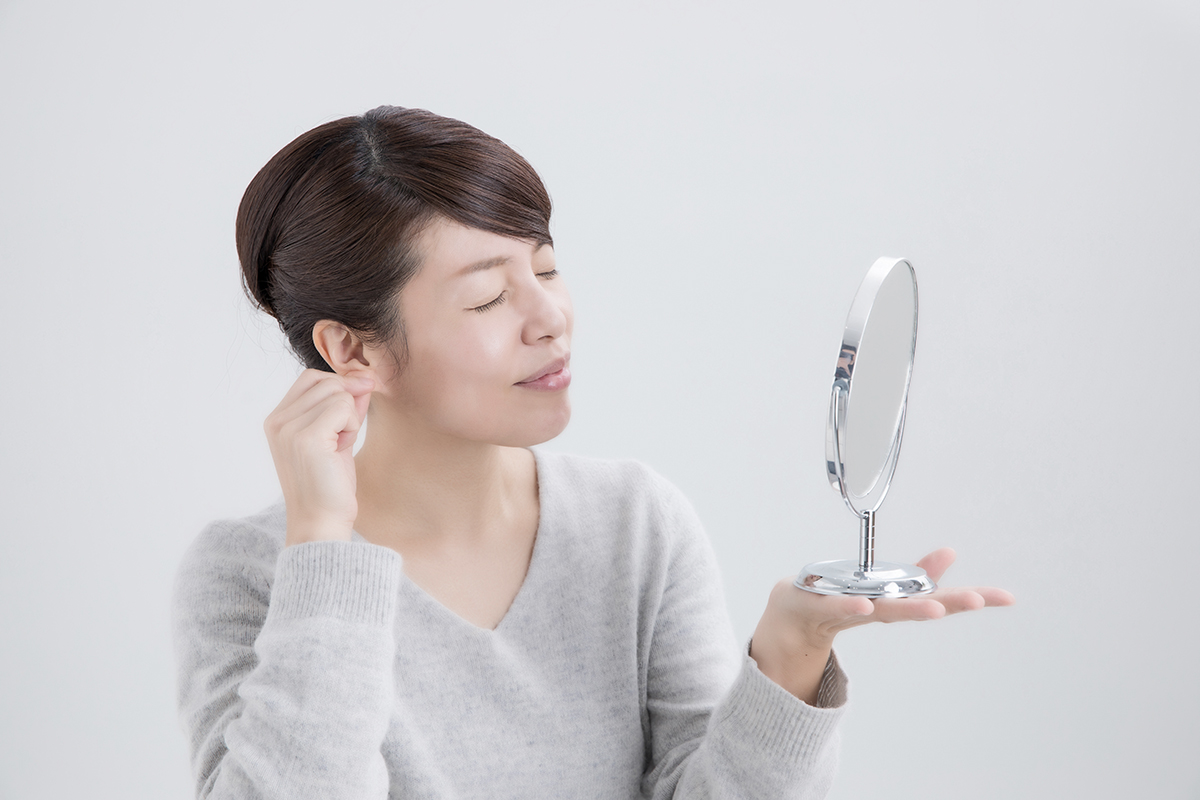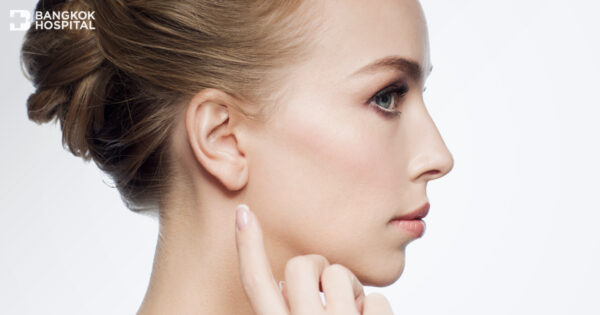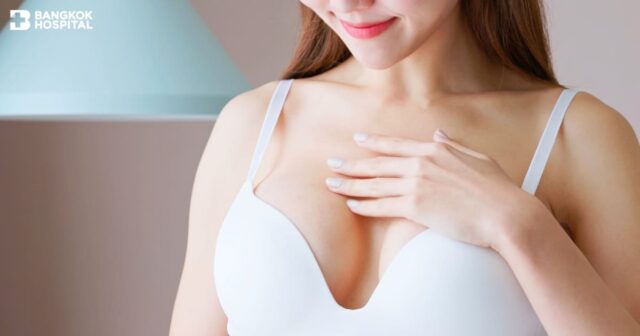Protruding ears can cause many people to lose confidence as the ears may appear more prominent than the face. Otoplasty to adjust the ear structure to fit the face not only enhances one’s personality but also restores confidence in life.
Understanding Protruding Ears
The ears are located on the sides of the face. Even though they do not affect the appearance of the face when viewed from the front, from the side, the ears are often the first feature noticed before other parts of the face. Therefore, those with abnormal ears lose confidence, especially protruding ears, which are a deformity with an abnormally wide angle and irregular ear shape, causing the ears to look unnatural and unattractive.
Characteristics of Beautiful Ears
Beautiful ears should have the following characteristics:
- The curves of different components are natural, not too prominent.
- When viewed from the front, the ears should not appear distinctly more prominent than other facial features.
- The outer edge of the ears should be clearly visible from the front, and correcting the ears until the middle edge of the ear has a more distinct curve than the outer edge will make the ears look unnatural.
Causes of Protruding Ears
- The outer rim of the ear (Helix, Helix Fold) protrudes too much.
- The middle edge of the ear (Anti Helix) is flat and has an excessively wide angle.
- The concha (Concha) of the ear is too large or too deep.
Otoplasty for Protruding Ears
Otoplasty for protruding ears provides clear results, making the ears tighter against the head, appearing more beautiful and normal. The specialized surgeon designs the ear structure to match the face, anesthetizes the ear area, makes an incision behind the ear, and then opens the back of the ear to adjust, suture the cartilage and the ear, or removes part of the problematic ear to achieve the desired shape and make it look normal with only a small scar hidden behind the ear.
Risks and Side Effects
Risks and side effects of otoplasty for protruding ears include:
- General risks
- There may be infection, bleeding at the surgical site like any surgery, depending on various factors such as underlying diseases, medication taken, and health conditions.
- Pain at the surgical site, but pain can be relieved by taking painkillers.
- Specific risks
- Infection of the cartilage in the ear.
- There is a chance that the ear may roll back and protrude like before.
- When both ears are operated on simultaneously, they may not be exactly the same and may slightly differ.
- Excessive bleeding under the skin may compress the cartilage, possibly leading to cartilage death and deformation.

Preparing for Otoplasty for Protruding Ears
- Inform the doctor about health issues, serious diseases, chronic illnesses, surgery history, and history of anesthesia, dental issues like loose or artificial teeth, and allergies to drugs, food, or others.
- In the case of a middle ear infection, it should be treated before surgery.
- In cases of risk factors or chronic diseases, physical preparation like X-rays, blood tests, electrocardiograms, or consultation with a specialist may be necessary to prepare for surgery and anesthesia.
- Avoid taking certain medications, supplements, some types of herbs that may affect the surgery, such as pain relievers, aspirin, vitamin D, vitamin C, and fish oil at least 7 days before surgery, and bring all medications and herbs to the hospital to inform the doctor on the day of surgery.
- Refrain from food and drink before surgery as recommended by the surgeon to prevent aspiration of gastric juices or food particles into the lungs during anesthesia. Recovery from anesthesia.
- Quit smoking about 2 – 4 weeks before surgery to prevent tissue necrosis due to lack of blood supply, especially if you are a heavy smoker, and refrain from smoking at least 2 weeks after surgery.
- Stop alcohol consumption within 24 hours before surgery, and it is advisable to stop drinking alcohol at least 1 week after surgery.
- Bathe and wash hair to clean the ears and nearby areas, do not use cosmetics.
- Prepare a headband (Head Band) for use after the surgery, which should not be too tight and be wide.
- People who wear glasses should prepare equipment to support the glasses to avoid pressing on the surgical site.
Postoperative Care for Otoplasty
- Cover the wound for about 2 – 3 days, then visit the surgeon as scheduled.
- If there is excessive bleeding or swelling, see the doctor immediately.
- Use a headband to keep the ears close to the head while sleeping for 2 – 3 weeks.
- The surgeon schedules a follow-up around 1 week.
- Stitches removal is scheduled for 1 – 2 weeks.
- For the first 2 weeks, avoid sleeping on your side. Sleep on your back without pressing on the ears.
- Take medicine as prescribed by the doctor.
Otoplasty must be performed by a specialized surgeon with the necessary expertise, as it requires a thorough understanding and experience in designing the ear structure to align well with the face. It’s crucial to choose a reputable medical institution with international standards for satisfactory results and minimized risks.









